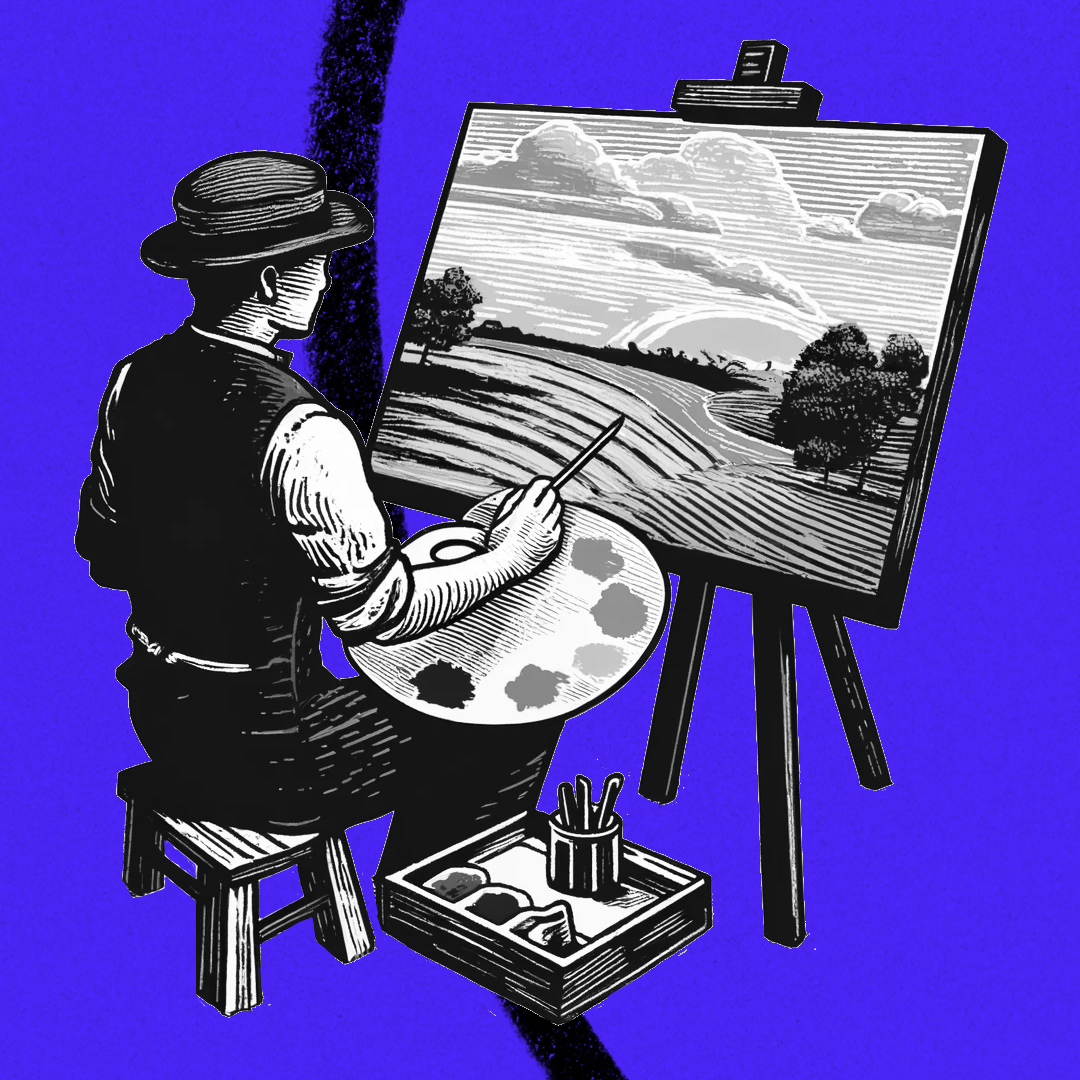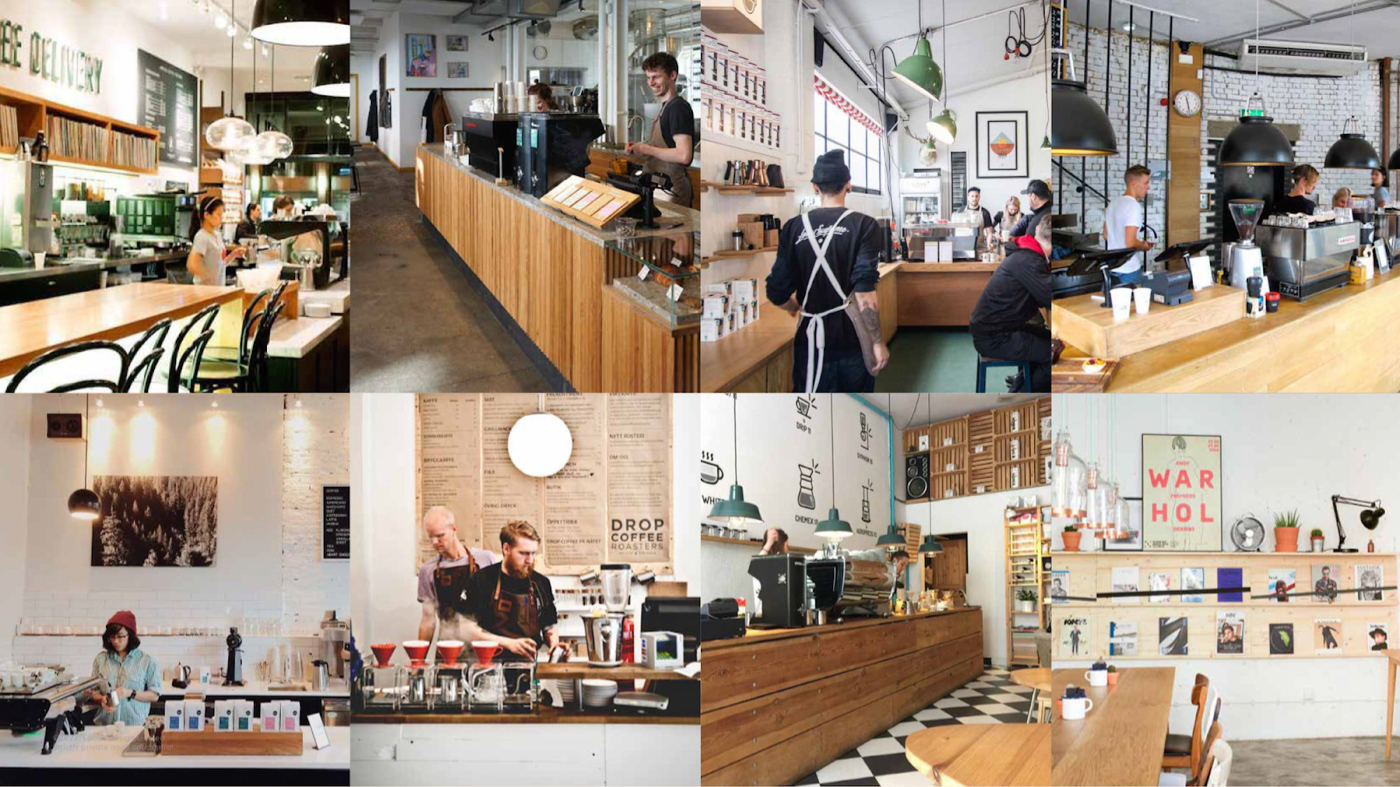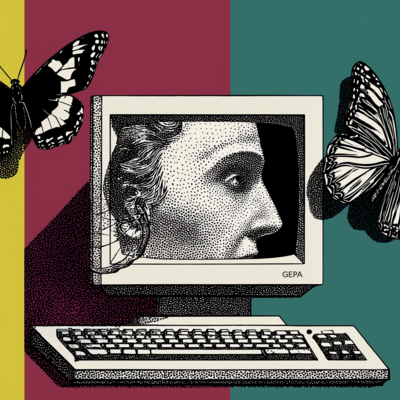
This week we’re bringing you some of our best writing on how to use AI by Michael Taylor, whose new column, Also True for Humans, examines how we work with and manage AI tools like we would human coworkers. (He’s also the co-author of a new book, Prompt Engineering for Generative AI.) Up today is this exploration of how AI is helping us know when to follow the herd and when to chart a new path.—Kate Lee
Was this newsletter forwarded to you? Sign up to get it in your inbox.
Walking into a coffee shop in Brooklyn or Bangkok, Des Moines or Dublin, you might notice some commonalities. You wouldn’t be surprised to see reclaimed wood furniture, hanging Edison bulbs, and minimalistic design choices. There might be elaborately tattooed baristas and indie folk music playing in the background. This isn’t a mistake. Sameness is a powerful thing. Customers learn to look out for visual cues, which signal whether they’re in the right place or not.
There isn’t a global conspiracy to make all coffee shops look alike. It’s just that the internet has connected our world in a way that social media algorithms propel winning combinations to the whole world, flattening our culture, as Kyle Chayka writes in his book Filterworld. Ignore convention at your peril.
Tapping into design cues, if implemented correctly, can remove some of the risk and uncertainty that comes with starting a new business. The key is to know when to be similar and when to be different.
That matters because, according to the U.S. Bureau of Labor Statistics, 90 percent of startups fail, a data point that has remained consistent since the 1990s. But entrepreneurs who have started a successful business in the past are three times more likely to succeed the second time around. Experiencing success seems to lead to more success. As we established in part one of this series, artificial intelligence can help entrepreneurs compensate for a lack of experience by helping summarize and analyze the lessons from others’ success. It can find the sameness so you can exploit it.
If you’re opening that coffee shop—in any city—you need to make strategic decisions about how similar or different it should be from consumer expectations. Finding the right balance could mean the difference between starting a beloved café and investing in a money pit.
Source: Alex Murrell.Memetic analysis with GPT-4V
This flattening of culture doesn’t just apply to coffee shops. In his essay, “The Age of Average,” Alex Murrell found the same effect in everything from the design of cars to architecture to Airbnbs: If you deviate too far from what customers expect, you might become one of the 90 percent of new businesses that fails. You don’t have to adopt every fad or stereotype, but you need to know what risks you’re taking when you decide to differentiate. From a practical perspective, you’d want to look at lots of examples of other coffee shops until you notice patterns in their similarities and differences—aka memetic analysis.
Become a paid subscriber to Every to learn about:
- How AI can automate memetic analysis
- Finding the right balance between conformity and differentiation
- Timing your entry into emerging trends
- Remixing ideas to create something truly innovative
The Only Subscription
You Need to
Stay at the
Edge of AI
The essential toolkit for those shaping the future
"This might be the best value you
can get from an AI subscription."
- Jay S.
Join 100,000+ leaders, builders, and innovators

Email address
Already have an account? Sign in
What is included in a subscription?
Daily insights from AI pioneers + early access to powerful AI tools








.png)
